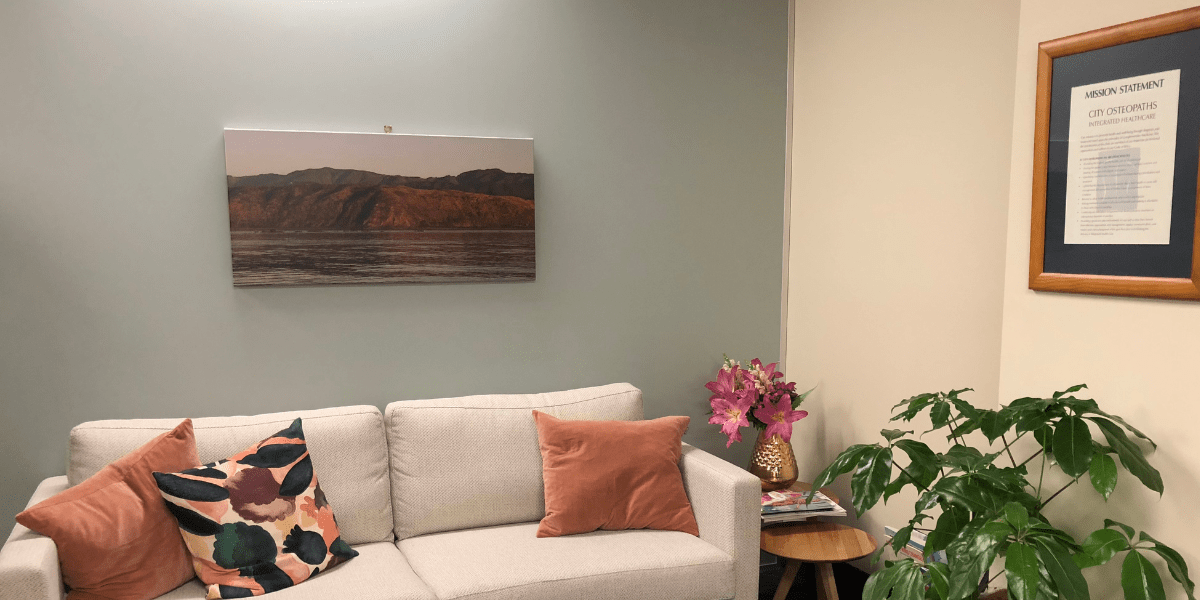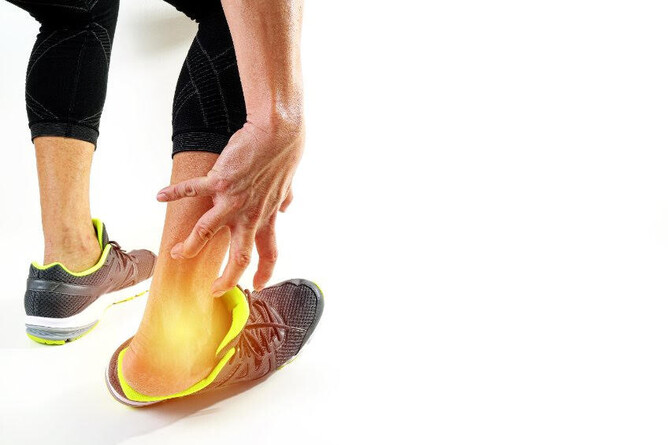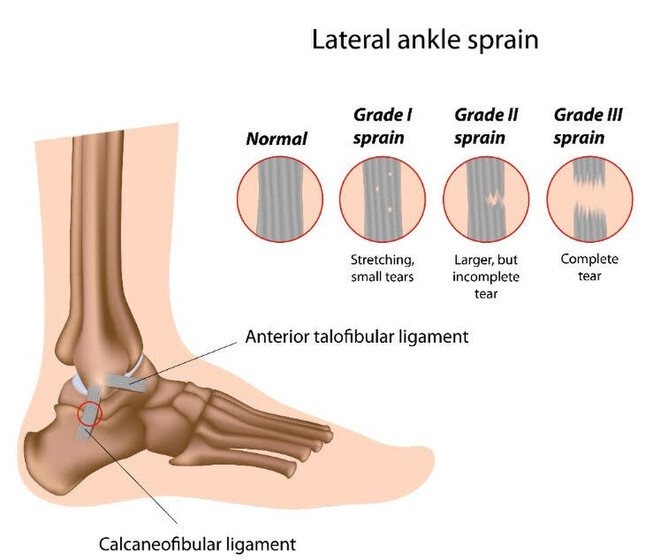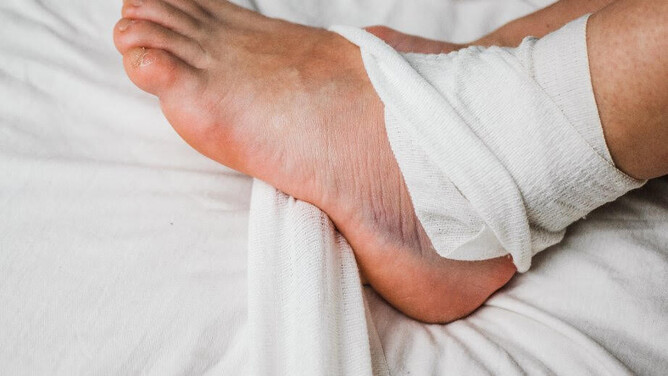Have you ever wondered what happens in your body after an injury? In this article we’ll talk about tissue healing in general and look at ligament injuries, their healing and what you can do to aid the healing process in more detail.
Tissue Healing
Tissues are muscles, ligaments, menisci, discs and fascia. These heal through three main phases: inflammation, proliferation and remodelling. These phases overlap somewhat and can happen simultaneously.
Inflammation
Inflammation occurs directly after the injury and usually lasts up to five days. The signs of inflammation are swelling, heat, redness, pain and loss of function.
Treatment in this phase is directed towards relieving pain, preventing further injury, increasing blood flow as well as maintaining muscle tone and pain free range of motion.
Proliferation (scar tissue formation)
Depending on the tissue that has been injured this phase can last anywhere between 48 hours to over six weeks. In this phase the immune cells that have arrived at the site of the injury during inflammation, start removing the debris and form scar tissue that tentatively connects the different sides of the injured tissue together. At this stage this connective tissue “bridge” is not very strong against tension because the new connective tissue fibres that are created haven’t been told what direction to take. That only happens when the tissue comes under progressive tension. If the tension is too strong, it’ll break the new tissue. Just the right amount of tension, on the other hand, will help to make the tissue stronger. That is why this phase requires a lot of patience from the patient.
Treatment in this phase is directed towards preventing early adhesions, orienting the repairing tissue along the line of tension, relieving pain, maintaining muscle tone and range of motion, reducing swelling, starting exercise to return to normal activity as soon as possible, addressing any possible psychosocial issues and preventing the transition into chronic condition.
You can support the healing with good nutrition including protein, fruits and vegetables and with some supplements. Especially vitamin C, zinc and magnesium are important.
Remodelling
The final phase of the healing process is the longest and can take anywhere between three months to over a year. In this phase collagen, the fibre that gives the tissue its strength, is remodelled to increase the functional capabilities of the tissue in the direction of stresses put upon it. This could take the form of stretching and moving the body part gently in the pain free range of motion.
Osteopathic treatment in this phase is directed towards proper alignment for collagen, increasing the elasticity of scar tissue, reducing fibrotic adhesions, relieving muscle spasms, increasing strength and range of motion, normalising joint and muscle activity addressing any possible psychosocial issues and preventing the transition into chronic condition.
PRICED vs METH
Most of us have heard of the (P)RICED protocol to be used in acute injuries, but not many are familiar with the METH protocol. Right after the injury has occurred, the first aid is to do the PRICED protocol.
Protect - take care not to reinjure the damaged tissue
Relative rest - taking it easy, not putting pressure on the injured tissues, this is only for the first 1-2 days (sometimes also substituted with OL for optimal loading)
Ice - indicated if there’s a concern for compartment syndrome, excessive swelling and helps to relieve the initial pain, only use for 1-2 days after the injury at the most
Elevation - elevate the injured limb to prevent swelling
Doctor - see a musculoskeletal practitioner, such as a Reg Osteopath, for accurate diagnosis and care plan
Later in the healing process it’s better to use the METH protocol.
Movement - when the acute pain has decreased, begin pain free gentle movement
Exercise - progressive rehab programme to get back to previous activities and strengthen the structures
Traction - helps to ease the tension in the tissues and re-establish range of movement
Heat - to increase blood flow and help with healing
Ligament injuries and their healing
Ligament sprains happen when ligaments surrounding a joint are forced beyond their normal range of motion. Because ligaments have relatively little blood supply compared to muscles, they usually take longer to heal.
Ligament injuries can be put in three different categories depending on the severity of the injury. Mild, grade I, injuries are ones where less than 10% of the ligament fibres are damaged, there’s only mild stretch to one of the ligaments and no instability in the joint. The usual symptoms include mild swelling and very local tenderness over the affected ligament and mild pain at the end range of motion of the affected joint. There’s usually no limping, or perhaps very slight imbalance in gait, some difficulty hopping on the affected leg (if the injury is in the leg). Functionally these injuries recover in about two days to two weeks, structurally the ligaments has healed in approximately 6-30 days.
Grade II ligament injuries encompass a wide range of partial (11-99% of the fibres) ligament tears and may include several ligaments. There’s usually bruising and mild to moderate swelling around the injured joint, and the joint will feel mildly to moderately unstable with an obvious limp and inability to run or jump. Function is re-established in 14 days to two months but structural healing takes longer, around one to three months.
In the most severe, grade III ligament injuries there’s usually severe bruising and swelling around the injury site, and oftentimes there’s also the possibility of a fracture as well that needs to be ruled out. This is because in grade III injuries there’s complete tearing of multiple ligaments and sometimes even the joint capsule may be involved. If the injury is in the leg it may be hard or impossible to put weight on that leg. The joint is clearly unstable and it’s nearly impossible to actively move the joint. In these types of injuries the healing times are longer; function is recovered in one to three months but to gain structural soundness takes more than six months.
What you can do at home
In the first few days after the injury apply PRICED or METH protocols (see above). Avoid aggravating activities and positions, and take painkillers if needed to ease the pain. For the first day or two the joint can be bandaged for support, but only short term. Be sure to take it easy and avoid reinjuring the tissue which could lead to prolonged healing and even chronic issues.
Nutritionally eating more protein (especially in the form of collagen or gelatine, like bone broth) and making sure you’re getting enough zinc, vitamin C and D, as well as staying well hydrated is going to help give your body all the building blocks and optimal environment to repair the ligament tissue. Anti-inflammatory supplements like omega3 fatty acids (fish oil or algae oil) and curcumin may help to reduce the pain and speed up healing.
After the initial two days, applying heat will improve blood flow and aid the healing process. At this stage you can go see your osteopath for gentle treatment to improve your range of motion and to reduce stiffness and pain. When you can tolerate it, the osteopath will guide you to gently move the affected site in pain free ranges of motion to avoid stiffness and contracture.
In the remodelling phase of healing your osteopath will give you exercises to improve your proprioception and balance and to start working on building strength around the injured area so that it can regain stability. As the healing progresses, the exercises will get more strenuous and more challenging, and if you’re an active person, more activity specific, to help you gain the level of confidence and strength needed to do the things you love doing. Usually the exercises progress from isometric to eccentric and then to more activity/sport specific movements. The rehabilitation progress for ligaments is going to be slower than for muscles because the tissues have less blood flow and thus take longer to heal. If conservative care doesn’t produce the desired outcomes, your osteopath may refer you for a surgical consultation.
It is good to remember that ligament sprains heal in three overlapping phases and the duration of the healing process depends on injury’s severity and on the general health, activity, nutrition and age of the individual. Lack of patience in the rehabilitation process and too early return to full activities increases the likelihood of reinjury and the development of chronic pain. Recurring injuries result in increased scar tissue formation and loss of function. So in the long run it pays to have patience in the beginning, that way it’ll take less time and your body will heal better overall.
